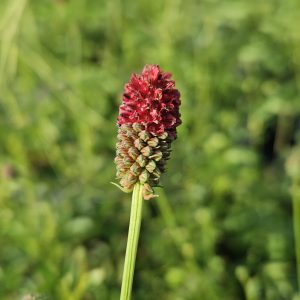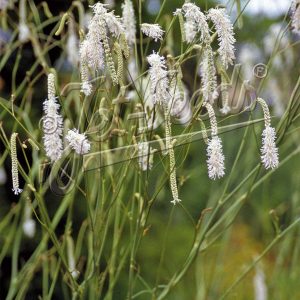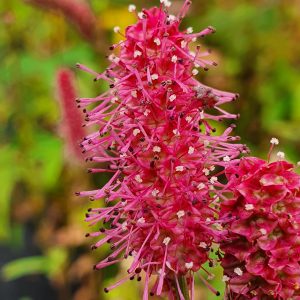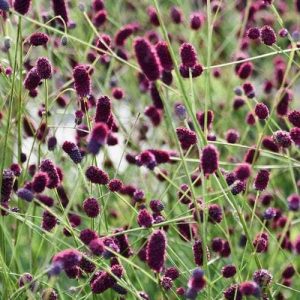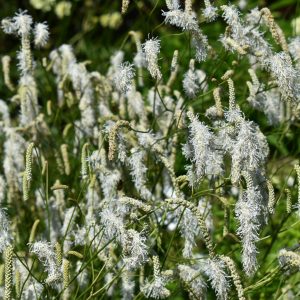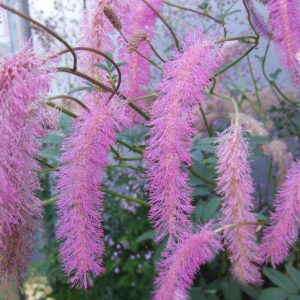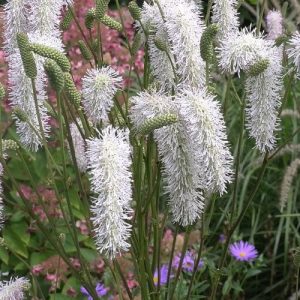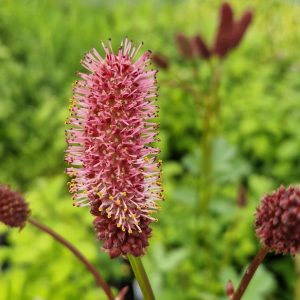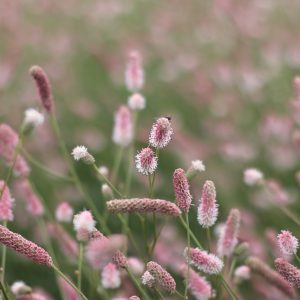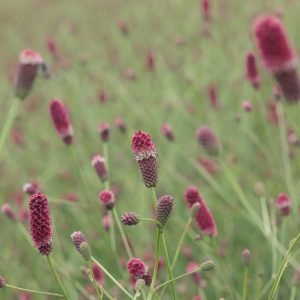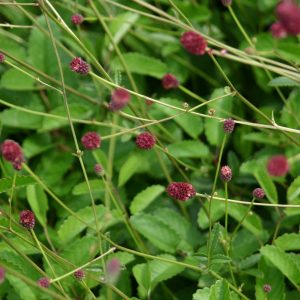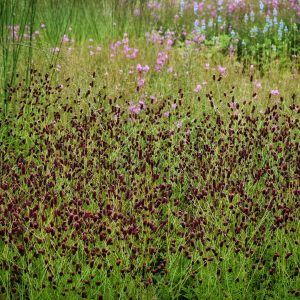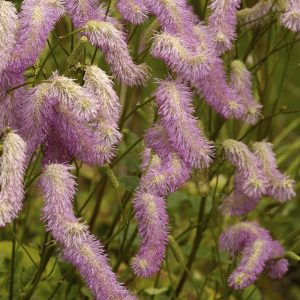Sanguisorba, commonly known as Burnet, is a resilient and ornamental perennial plant that adds beauty to your garden. Follow these guidelines to ensure successful planting and establishment of your Sanguisorba plants:
Choose the Right Location
Sanguisorba prefers well-draining soil and thrives in full to partial sun. Select a location with sufficient sunlight and soil that is rich in organic matter.
Soil Preparation
Prepare the soil by adding organic compost to improve fertility and drainage. Sanguisorba is adaptable to various soil types but does best in slightly acidic to neutral soil.
Planting Time
The ideal time to plant Sanguisorba is in the spring or early autumn. This allows the plant to establish its roots before the onset of extreme weather.
Planting Depth
Dig a hole twice the size of the root ball. Place the plant in the hole at the same depth as it was in the container. Backfill the hole with soil and gently firm it around the plant.
Watering
Water the newly planted Sanguisorba thoroughly. Keep the soil consistently moist during the first growing season to promote root establishment.
Mulching
Apply a layer of organic mulch around the base of the plant to retain moisture, suppress weeds, and regulate soil temperature.
Maintenance
Deadhead spent flowers regularly to encourage continuous blooming and prevent self-seeding. Cut back the plant in late autumn or early spring to promote vigorous growth.
Support for Taller Varieties
If you’re growing a taller variety, consider providing support, such as stakes, to prevent the stems from bending or breaking.
Division
Sanguisorba plants benefit from division every 3-4 years to maintain their vigour. Lift and divide the plant in early spring or late autumn.
Pests and Diseases
Sanguisorba is relatively resistant to pests and diseases. However, monitor for aphids or powdery mildew and treat promptly if observed.
Enjoy the Blooms
Once established, your Sanguisorba will reward you with unique bottlebrush-like blooms. Sit back, relax, and enjoy the beauty it brings to your garden.
By following these planting guidelines, you’ll contribute to the health and vitality of your Sanguisorba plants, ensuring they thrive and provide beauty to your garden for years to come.



